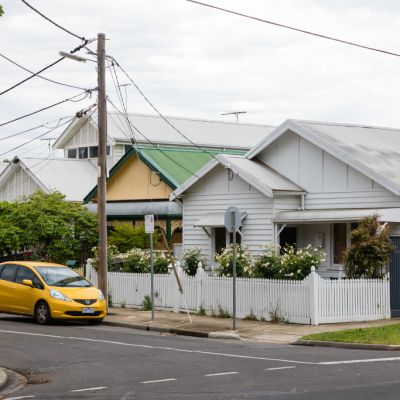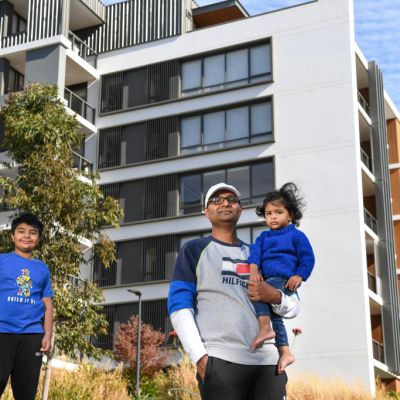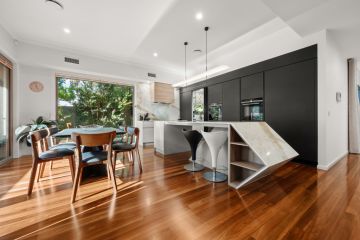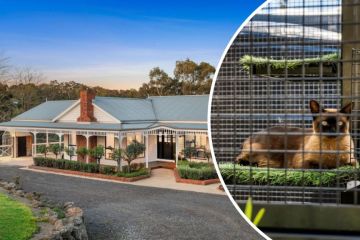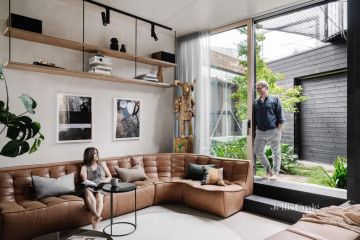Where house prices have fallen across Australia over the past year
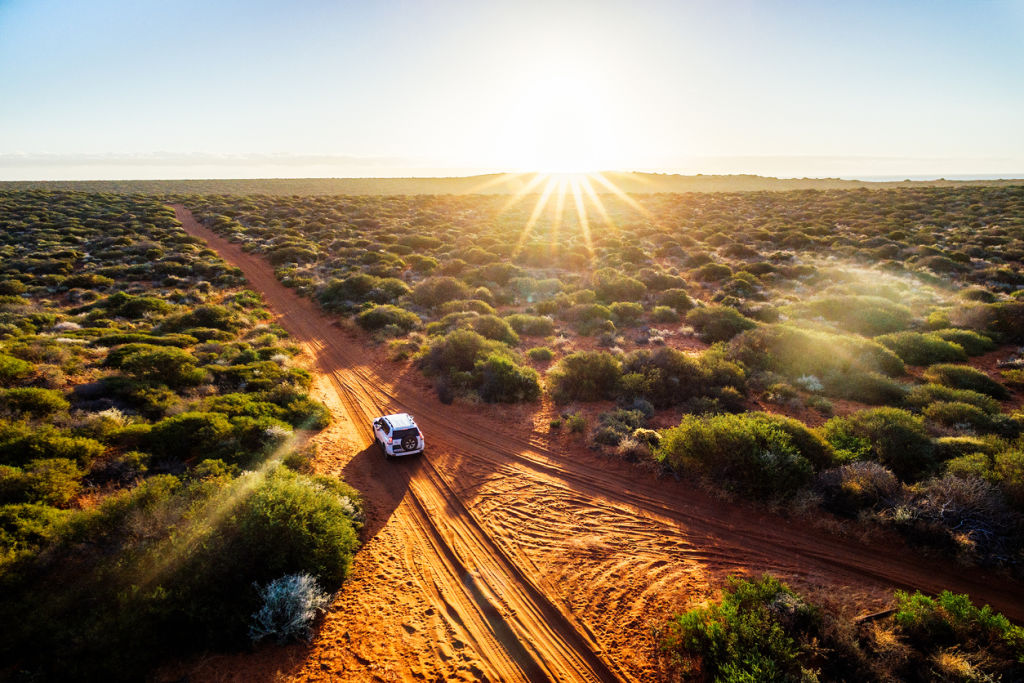
There are just eight areas across Australia where median house prices fell in the past year, new figures reveal, as the property boom rages on everywhere else.
This latest upswing in house prices is one of the broadest property booms the nation has ever seen, locking many out of the market unless homeowners are willing to head to the outback.
Nationally, the median house price rose 18.8 per cent to $955,927 in the year ending June 2021.
In fact, house prices continued to climb in all capital cities, with six of them hitting fresh highs in the second quarter of the year, according to the latest Domain House Price Report.
Canberra grew the fastest, with its median house price jumping 29.2 per cent to $1,015,833.
Melbourne also joined the million-dollar-city club after median house prices increased 16.2 per cent to $1,022,927.
| SA4 region | Jun-21 | QoQ | YoY |
| Queensland – Outback | $215,000 | -12.2% | -30.6% |
| South Australia – Outback | $235,000 | -7.8% | -20.3% |
| Far West and Orana | $285,000 | 9.6% | -14.7% |
| Barossa – Yorke – Mid North | $285,000 | 5.6% | -6.1% |
| Logan – Beaudesert | $450,000 | 1.9% | -5.3% |
| Ipswich | $425,000 | 4.9% | -5.1% |
| Perth – Inner | $917,500 | -3.4% | -3.4% |
| Western Australia – Wheat Belt | $345,000 | -4.2% | -2.8% |
But it was mostly country areas in several states where house prices declined. The Queensland Outback region, which includes Cunnamulla, Mount Isa and Weipa, topped the list.
Median house prices fell 30.6 per cent to $215,000 with 12.2 per cent of that drop occurring in the three months to June, Domain data shows.
Despite prices having fallen overall across the entire outback region, some towns, such as Mount Isa, are performing well – house prices there have risen by 11 per cent over the past year.
Prices were recovering from the downturn of 2014, according to Stef Uppman of 4825 Realty.
“Our prices are increasing, just not at the same rate as the coast,” she said.
The town continued to hire workers for the mines during the pandemic when other areas suffered, holding up the housing market as a result.
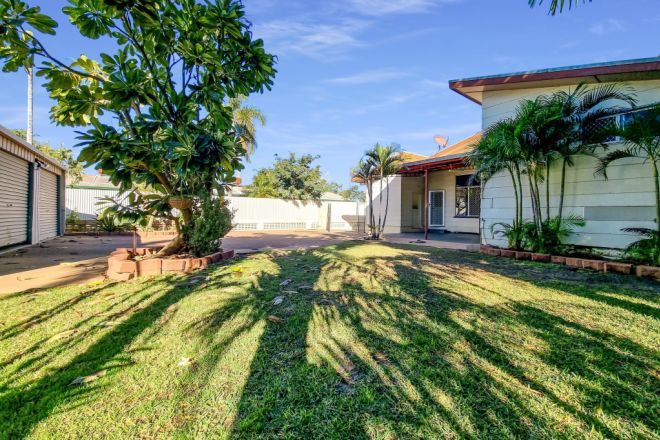
“The vacancy rate has dropped dramatically just because there are more people moving to town,” Ms Uppman said. “With rental prices increasing, people are finding it more profitable to buy than rent.
“We did see an influx of people moving from the Northern Territory and Victoria. They’ve moved to Mount Isa for job security at the mines.”
| HOUSES, Stratified median price | |||||
| Capital city | Jun-21 | Mar-21 | Jun-20 | QoQ | YoY |
| Sydney | $1,410,133 | $1,303,185 | $1,137,246 | 8.2% | 24.0% |
| Melbourne | $1,022,927 | $982,382 | $880,620 | 4.1% | 16.2% |
| Brisbane | $678,236 | $645,718 | $600,258 | 5.0% | 13.0% |
| Adelaide | $629,728 | $597,187 | $541,591 | 5.4% | 16.3% |
| Canberra | $1,015,833 | $919,900 | $786,517 | 10.4% | 29.2% |
| Perth | $595,823 | $589,687 | $530,702 | 1.0% | 12.3% |
| Hobart | $646,301 | $606,275 | $503,392 | 6.6% | 28.4% |
| Darwin | $608,519 | $559,022 | $497,543 | 8.9% | 22.3% |
| National | $955,927 | $903,471 | $804,380 | 5.8% | 18.8% |
The South Australia Outback region, which includes Ceduna and Coober Pedy, recorded the second-largest decline of 20.3 per cent, falling to a median house price of $235,000 – more than four times below the national median.
The NSW Far West and Orana region, which includes Dubbo and Broken Hill, fell 14.7 per cent to a median house price of $285,000.
Despite this, the housing market in Dubbo, a major service town for the region, was “extremely busy” thanks to investors and owner-occupiers from Sydney and even neighbouring regions, said Tara Searle of Dubbo Real Estate Agency.
“Our median sits a lot lower than our median in Orange and Bathurst,” she said.
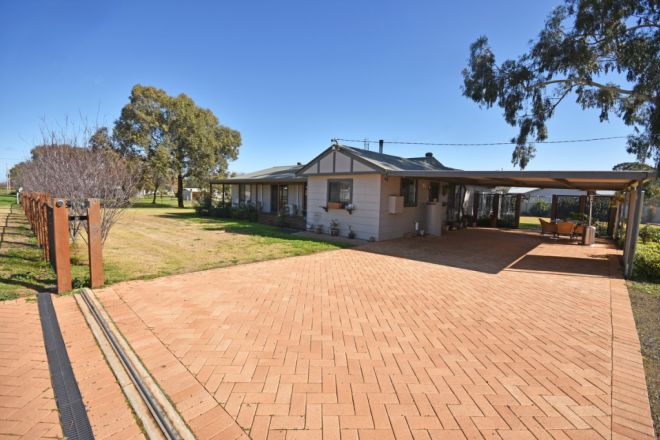
She said while smaller towns in the region had even cheaper houses, Dubbo’s median house price of $410,000 comfortably bought someone a three-bedroom, one-bathroom house.
“You can’t still definitely enter the market below $400,000,” she said. “It’s really hard to get into the market at the moment with a lot of people missing out. We just don’t have enough properties available for the amount of people looking.”
The Perth Inner region was the only capital city pocket that recorded a decline, albeit a small slide in median house prices of 3.4 per cent to $917,500.
This was largely driven by a rezoning of land that allowed for more medium-density houses to be built in the area, which covers a range of suburbs including Dalkeith, Nedlands and Jolimont, said Jay Sarmadi of High End Nicheliving.
“The government, after 45 odd years of no development … managed to get a rezoning plan approved so what ended up happening is it gave way to producing more medium-density stock,” he said. “Blocks as small as 150 or 160 square metres. That naturally brought the price down.”
With the decision made years ago, many of these homes were now hitting the market, he said.
This has allowed downsizers and other buyers locked out of the housing market to get in when some suburbs had median house prices above $2 million, Mr Sarmadi said.
“If you look at the sales volumes it’s probably the most buoyant in many, many years, however, the median house price reflects the houses that were selling.”
We recommend
States
Capital Cities
Capital Cities - Rentals
Popular Areas
Allhomes
More
